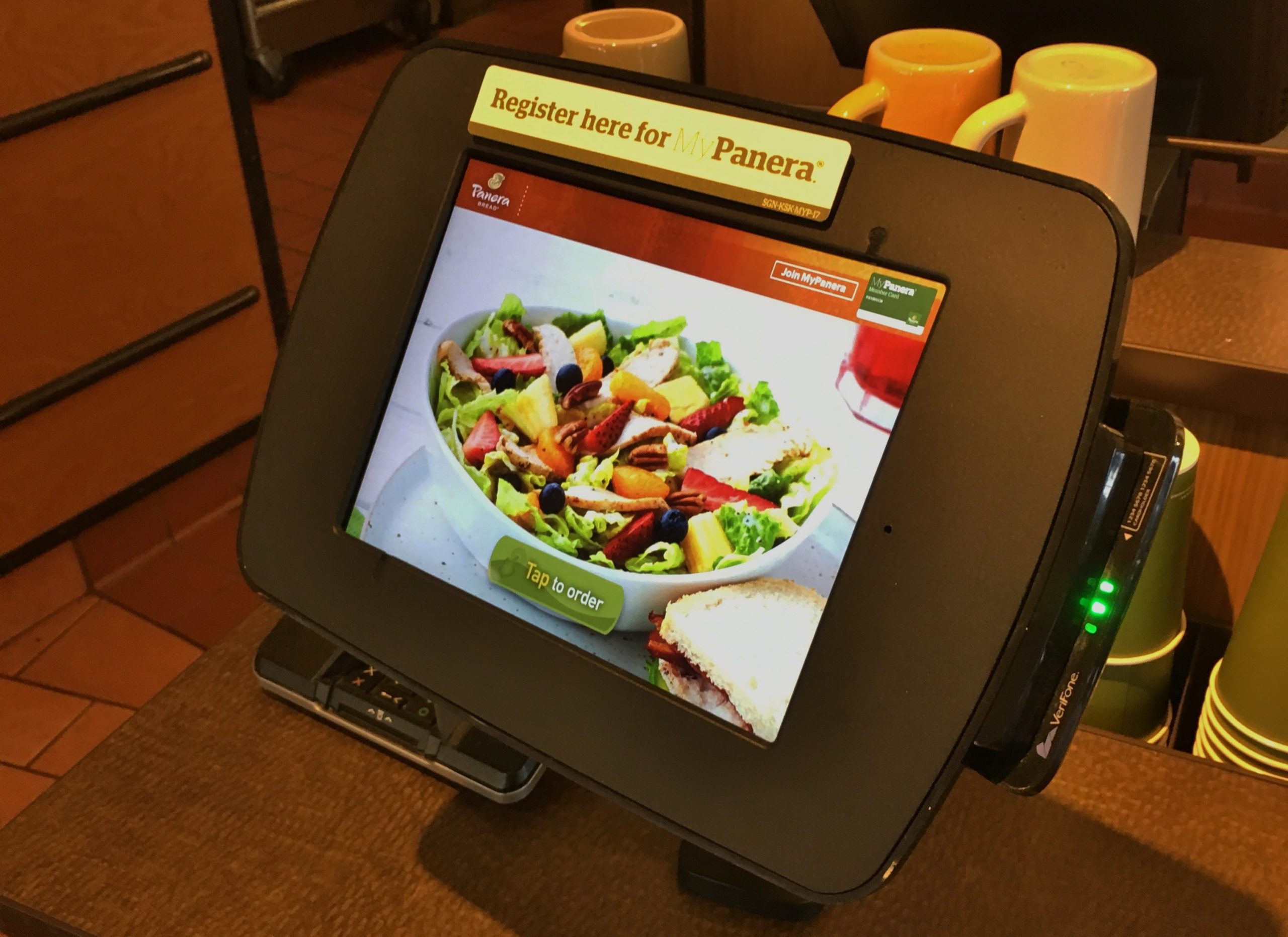
California’s predicable and incremental march towards a $15/hour minimum wage has given California businesses a gift. The gift is certainty. Business owners love certainty and knowing that minimum wage is climbing from $9/hour in 2016 to $15/hour by 2022 allows them to make decisions and plan accordingly.
For a restaurant or retailer that is open 16 hours per day, the difference of $6/hour over 16 hours over 365 days is $35,000/year. That is A LOT of money and even before the wage increase we were already starting to see technology and automation take over lower wage jobs.
It will be interesting to see how this plays out and whether the increased minimum wage will incentivize retailers to move even quicker to embrace technology and automation to help keep their labor costs down.
In my day to day travels, I’ve personally seen a huge increase in the role technology and automation are already playing in retail – – – here are my personal observations from a recent weekend:
7:45 AM – US Bank – had to deposit some checks so went up to the ATM machine and made my deposits at the machine (bank teller eliminated);
8:00 AM – Home Depot – picked up a few items and used self-check out to leave the store (cashier eliminated).
9:00 AM – Target – picked up a few more items and went right to self-checkout. Almost went to a cashier because all the self-checkout machines were in use and a cashier was available, but then a kiosk opened up. Truth is, the kiosk is a more pleasant experience most of the time.
11:45 AM – Panera Bread –lunch with my wife. Should we order on our Panera Bread app or wait until we get there and order on the restaurant kiosk. We opted for the kiosk. It’s so much easier than having to make sure the cashier gets all the details correct. On the kiosk, I can see if the order is right or not.
2 PM – Movie Time at AMC – AMC is a step ahead of me. They did not even offer me an option to purchase a ticket from a person when I was outside the theater. All they had were kiosks outside. I bought my tickets and went inside where I discovered there was one person available to sell me a ticket, but clearly AMC wants you to order your ticket online, on an app, or at a kiosk. Also, you don’t even have to stand in line to buy snacks any more–AMC has introduced a bunch of vending machines if you just want to purchase your snacks in that manner.
4:30 PM – Starbucks time – ordered on the Starbucks app and walked past the cashier directly to the pick-up area to get our drinks (bypassed a Starbucks “partner” – sorry partner).
6:00 PM – Gen Korean BBQ – this restaurant has the coolest and probably the most cutting edge use of technology. They are using a complex conveyor belt system to deliver food to your table and a similar system to expedite and ease the process of clearing tables. They may not eliminate servers and bus boys, but they will definitely need fewer of them. More importantly, the combination of cooking at your table and having your food delivered via this unique system creates an experience that makes this restaurant a FUN place to dine.
Granted these changes are not purely tied to the minimum wage increase, but it certainly seems that the utilization of technology is accelerating partially due to the certainty of increased labor costs. Will the increase in minimum wage be a net gain or loss for restaurants and retailers? Will the increase in minimum wage be a net gain or loss for employees? What impact will all of this have on commercial real estate? The next few years are going to be very interesting.